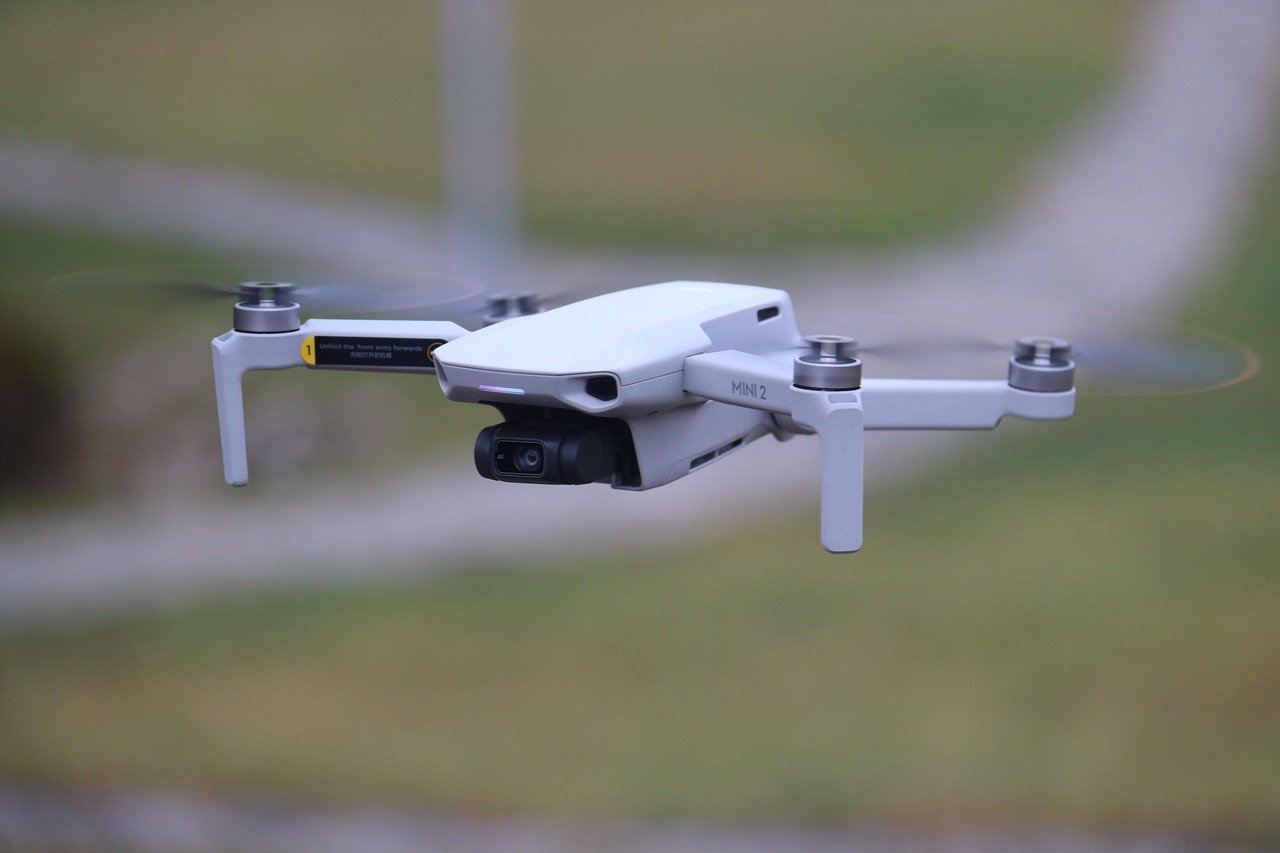

Israel Attacks Iran: Breaking News on Middle East Airstrike & Military Conflict
A breaking look at the reported Israeli airstrike on Iran’s nuclear sites. Explore what happened, the motives, targets, military technology used, and the global reaction.
🛑 Breaking News: Israel Strikes Iran’s Nuclear Infrastructure
In a stunning and bold move that could reshape global politics, Israel has reportedly launched a full-scale airstrike against Iran’s nuclear infrastructure, targeting key enrichment and research facilities across the country. This marks a turning point in a conflict that has long been simmering beneath the surface.
While official confirmations are still emerging, satellite imagery and regional military alerts suggest that multiple Israeli fighter jets and drones carried out precision strikes on high-value sites in Natanz, Fordow, and Isfahan.
🚨 Disclaimer: This post presents a hypothetical scenario intended for educational or fictional use. No real-world confirmation exists at the time of writing.
🎯 Reported Targets of the Israeli Strike
According to regional sources and military analysts, the following locations may have been targeted:
- Natanz – Iran’s primary uranium enrichment facility.
- Fordow – An underground enrichment center known for its deep-buried centrifuges.
- Isfahan – Home to key nuclear fuel and conversion facilities.
- Parchin – Suspected location of advanced nuclear research.
These locations are known to be protected by Iran’s S-300 air defense systems, which makes the success of Israeli air operations all the more remarkable.
✈️ Military Technology Used by Israel
Israel’s air superiority and cyber capabilities played a major role in the strike.
🛩️ Aircraft and Drones:
- F-35I “Adir” Stealth Fighters: Israel’s most advanced fighter jets, capable of avoiding radar detection.
- IAI Harop (Kamikaze Drones): Known for precision strikes and electronic warfare.
- Electronic Warfare Units: To jam Iranian radars and communication networks.
🧠 Cyber Operations:
There are strong indications that a cyber attack accompanied the airstrike, temporarily disabling Iranian defense systems and cameras — a tactic similar to the Stuxnet worm used over a decade ago.
🔥 Timeline of the Hypothetical Attack
| Time (Local Iran Time) | Event |
|---|---|
| 02:00 AM | Israeli jets enter Iranian airspace |
| 02:15 AM | Explosions reported near Natanz |
| 02:25 AM | Fordow facility targeted |
| 03:00 AM | Air defenses engage but ineffective |
| 04:00 AM | Strike ends; jets exit undetected |
🌍 Global Reaction (Hypothetical)
The international community is in shock.
- United States: Calls for calm and urges restraint from both sides.
- Russia & China: Condemn the attack and warn of regional destabilization.
- European Union: Requests emergency UN Security Council meeting.
- Gulf States: Mixed reactions — some silent, others cautiously supportive.
⚔️ Iran’s Response: Will There Be Retaliation?
Iran has vowed to respond with “unprecedented force.” Potential responses include:
- Launching ballistic missiles at Israeli targets.
- Mobilizing proxy forces in Lebanon (Hezbollah) and Syria.
- Cyber retaliation targeting Israeli infrastructure.
The region is now on high alert, with fears of a wider war in the Middle East.
🧭 Why Did Israel Strike Now?
Analysts suggest multiple motivations:
- Iran nearing weapons-grade uranium enrichment.
- Lack of progress in diplomatic talks.
- Preventive strike doctrine – a longstanding Israeli policy to act before Iran becomes an existential threat.
📢 Conclusion
If true, this marks the beginning of a dangerous new phase in the Middle East. The balance between peace and all-out war hangs by a thread. Whether this strike prevents nuclear escalation or fuels broader conflict remains to be seen.
Stay with us for updates, expert analysis, and geopolitical coverage as this story develops.
Israel Iran conflict, Israel airstrike Iran, breaking military news, Middle East war, Natanz bombing, Iran nuclear program, F-35 attack, stealth airstrike, Iran retaliation, cyber warfare Israel Iran






